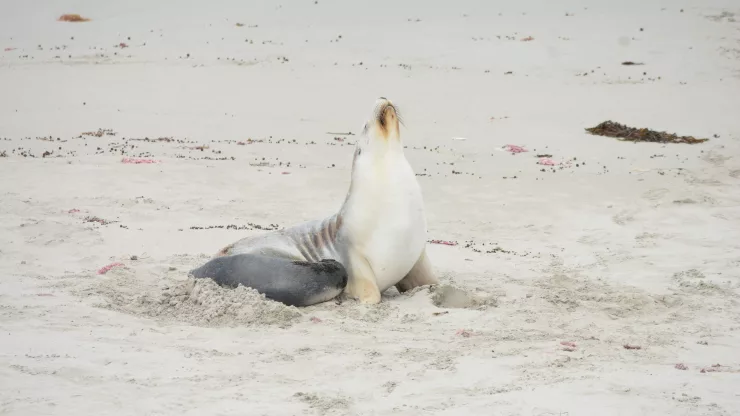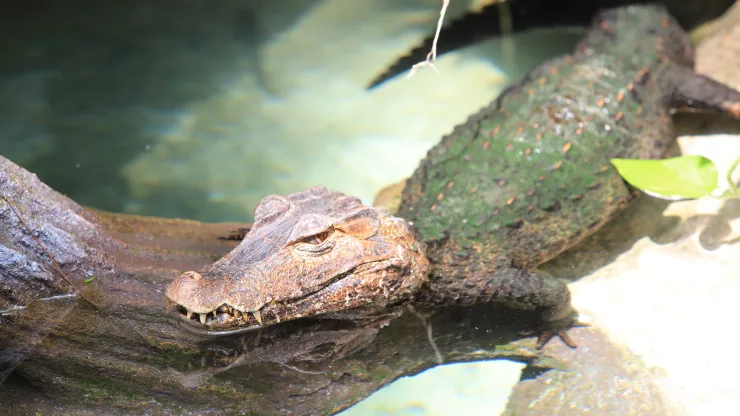Facts About Seals
Seals are fascinating creatures that are known for their agility in water and unique appearance. In this article, we will explore some interesting facts about seals.
-
There are over 30 species of seals worldwide, with the most common being the harbor seal, gray seal, and elephant seal.
-
Seals are found in both the Northern and Southern hemispheres, with the largest populations living in the Arctic and Antarctic regions.
-
Seals are carnivorous and mainly feed on fish, squid, and crustaceans. They are also known to eat penguins and other seals.
-
The average lifespan of a seal is around 20-30 years, with some species living up to 50 years in the wild.
-
Seals have a layer of blubber under their skin that helps them stay warm in cold water and provides energy during periods of fasting.
-
Unlike sea lions, seals do not have external ear flaps and cannot rotate their hind flippers forward, making them less agile on land.
-
Seals are excellent divers and can hold their breath for up to 2 hours while diving to depths of over 500 meters.
-
Female seals give birth to a single pup each year, which they nurse for several weeks before weaning them.
-
Seals are social animals and often gather in large groups called colonies, with some colonies numbering in the thousands.
-
Seals play an important role in the ecosystem by helping to regulate the population of their prey and providing a food source for larger predators such as sharks and killer whales.
Conclusion
Seals are amazing creatures that are well adapted to life in the water.
From their unique appearance to their impressive diving abilities, there is much to learn and appreciate about these animals.
FAQ
What is the difference between seals and sea lions?
Seals and sea lions are both members of the pinniped family but have some key differences.
Seals do not have external ear flaps and cannot rotate their hind flippers forward, making them less agile on land.
Sea lions have visible ear flaps and can rotate their hind flippers forward, allowing them to move more easily on land.
Why are seals important to the ecosystem?
Seals play an important role in the ecosystem by helping to regulate the population of their prey and providing a food source for larger predators such as sharks and killer whales.
What is the biggest species of seal?
The biggest species of seal is the elephant seal, with males weighing up to 5,000 pounds and measuring up to 20 feet in length.
How long can seals hold their breath?
Seals can hold their breath for up to 2 hours while diving to depths of over 500 meters.
Do seals have predators?
Seals are preyed upon by larger predators such as sharks and killer whales.
They are also sometimes hunted by humans for their meat, blubber, and fur.

I am a fun fact enthusiast and creator of Facts On Tap.
I love to share my knowledge and curiosity with readers and inspire them to learn something new every day.
When I’m not writing, I enjoy traveling, reading, and playing trivia games with my friends.




